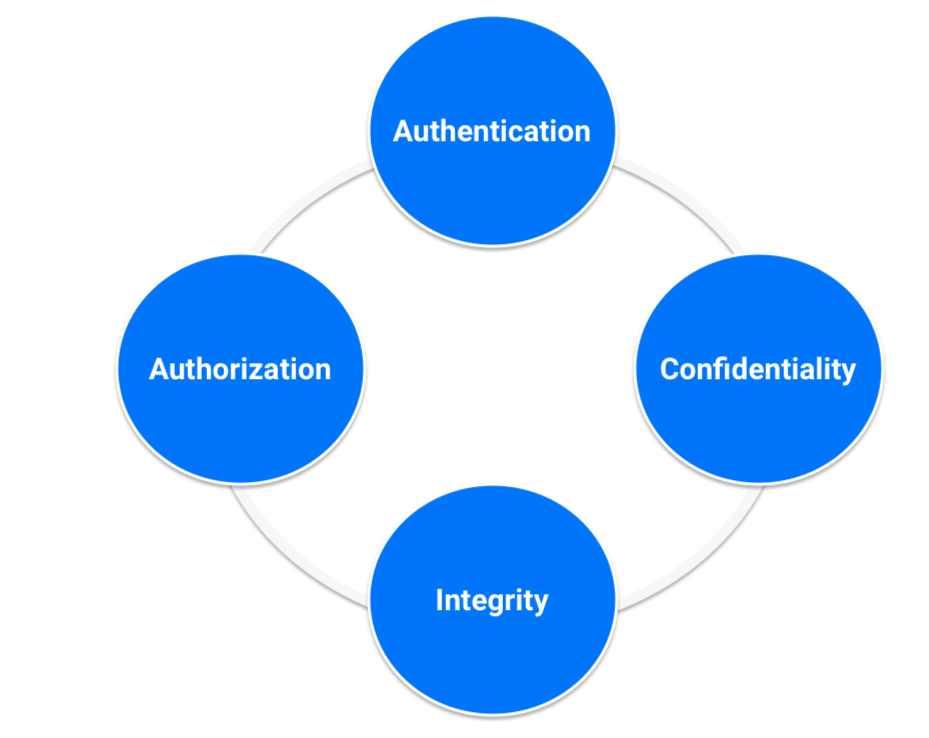In House PKI
Public Key Infrastructure is a powerful protection tool that has been protecting systems and services on the internet for 20 years. So it seems like a natural fit for securing our IoT deployments.
What is a PKI?
A public key infrastructure (PKI) is a system for creation, storage and distribution of digital certificates which are used to verify that a particular public key belongs to a certain entity. The PKI creates digital certificates which map to public keys to entities, securely stores these certificates in a central repository and revokes them if needed.
Why In House PKI?
By using a managed PKI, organizations need to pay per certificate. Thus, for those IoT deployments requiring large number of certificates, using a managed PKI is less cost-effective than establishing and managing an in-house PKI. Furthermore, managed PKIs are less flexible when configuring, expanding and managing certificates. Lamassu IoT is aimed at those IoT deployments where an in-house PKI is the best fit.
A PKI consists of
- A certificate authority (CA) that stores, issues and signs digital certificates.
- A registration authority which verifies the identity of entities requesting their digital certificates to be stored at the CA.
- A secure central directory in which to store and index keys.
- A certificate management system managing things like the access to stored certificates or the delivery of the certificates to be issued.
- A certificate policy.
Lamassu IoT PKI
functions
The PKI functions provided by Lamassu IoT includes certificate issuance and revocation, certificates status information maintenance, and publication of certificates and their revocation status.
Security model
compliance
Lamassu IoT provides the core mechanisms for implementing authentication, authorization, confidentiality, and data integrity in our IoT deployments.


